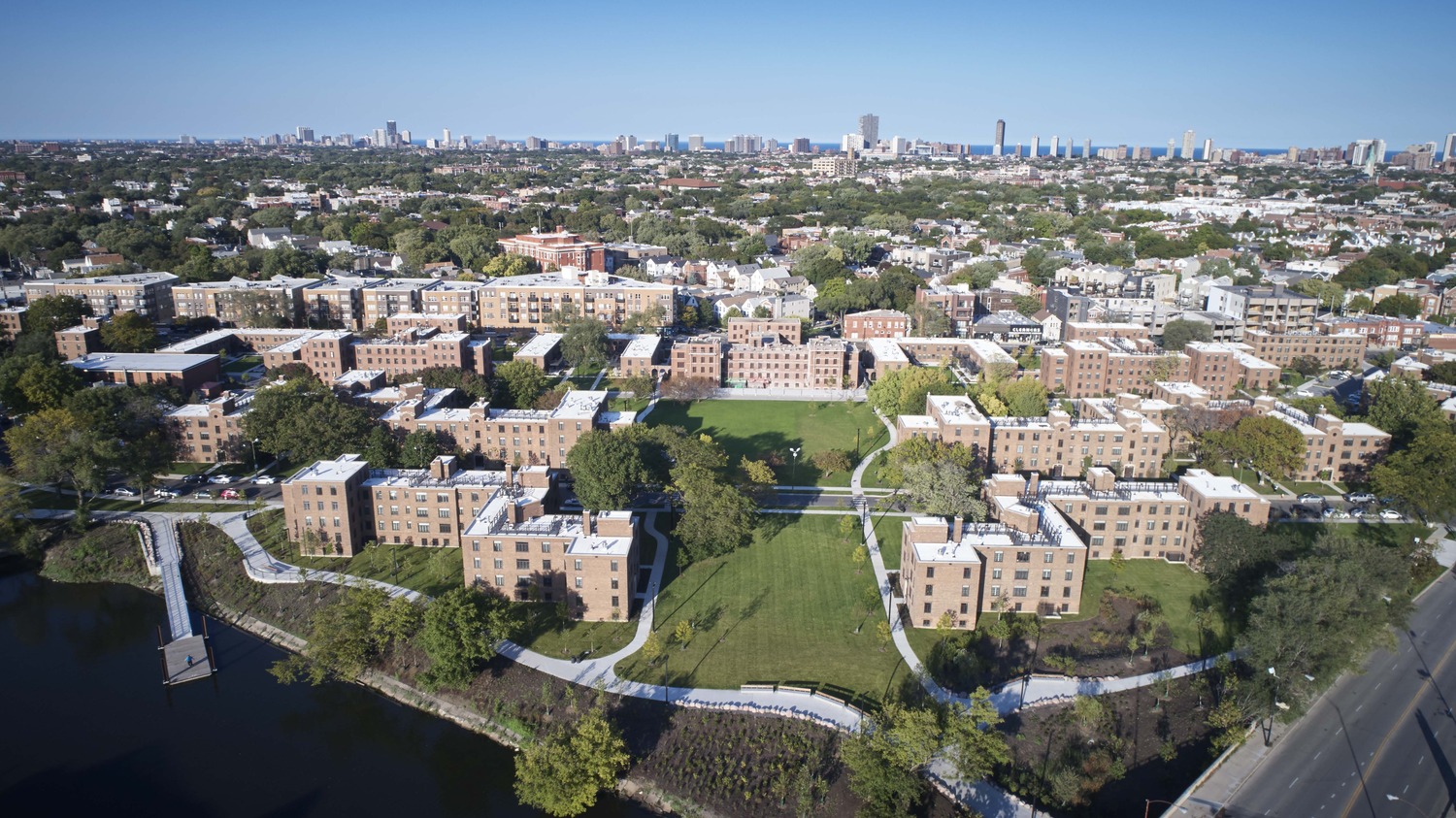
How can you resolve the three biggest challenges in affordable housing: affordability, social justice, and environmental stewardship, quickly and efficiently?

How can you resolve the three biggest challenges in affordable housing: affordability, social justice, and environmental stewardship, quickly and efficiently?
The commercial real estate market is currently facing significant change and uncertainty due to a number of factors. From fluctuating economic conditions, shifting consumer preferences, and technological advancements, navigating these challenging times requires the expertise of seasoned professionals who can foresee trends and develop strategic solutions.
That is why Housing and Mixed-Use Sector Leader, Kurt Volkman, addresses some of our clients' most pressing questions about national trends.
Future-proofing is a strategic approach that architects and builders use when designing buildings. The concept is all about predicting potential future challenges— anything from environmental pressures, such as extreme weather conditions, to societal changes, like new technology demands.
By anticipating these factors, a building can remain functional and relevant, even as times change. The goal is to prevent a building from becoming obsolete or outdated, ensuring it can serve its purpose for many years to come. Download our top 4 tips for future proofing your next building below!
Modular construction has emerged as a promising method to address the growing demand for housing solutions that are quicker to market and more affordable. It is an innovative approach where building components are prefabricated in a factory setting and then assembled on-site, offering significant time and cost savings.
However, achieving these benefits hinges critically on collaboration with experienced general contractors and factories during the design phase. Without a design that aligns with the principles of modular construction, the promised efficiencies can evaporate due to increased variation and complexity.
Download our Top Tips for designing a successful modular structure to save time and money in construction!